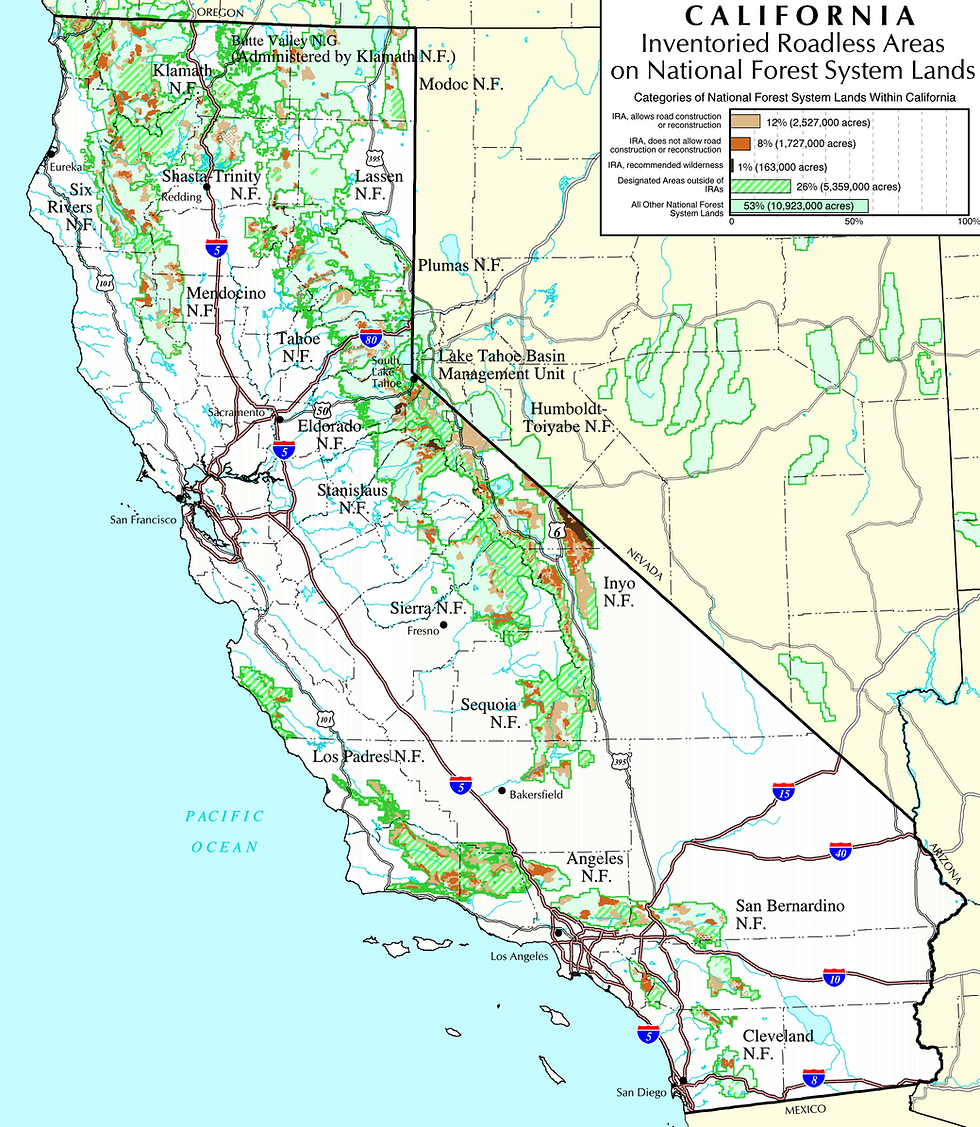BREAKING: Victory for Klamath Salmon! Water Board Adopts Emergency Flows for Scott and Shasta Rivers
- Amber Jamieson

- Dec 20, 2023
- 3 min read

Victory! Yesterday evening, the California Water Board voted unanimously to adopt an emergency regulation that provides minimum instream flow requirements and water diversion curtailment authority in the Scott and Shasta watersheds, which are tributaries to the Klamath River. While temporary, this is a major win for salmon imperiled by low flows and poor water quality.
In addition to minimum flows and curtailments, the emergency regulations also provide Local Cooperative Solutions, which give water rights holders an opportunity to propose alternatives to curtailments. This emergency regulation will be in effect for up to one year. In the meantime, the Water Board is working on a plan to develop permanent instream flows for the Scott and Shasta, but that process could take up to two years to complete — so this is an important and exciting short-term fix.
The emergency regulation was prompted by a petition from the Karuk Tribe and allies to establish minimum instream flows, submitted to the Water Board on May 23, 2023. Many of the recent water years in California have been the driest on record, spurring Governor Newsom to proclaim a statewide drought emergency in 2021 to protect health, safety, and the environment, and to prepare for prolonged drought conditions.

The Scott and Shasta Rivers were historically salmon strongholds in the Klamath Basin, providing habitat for ESA-listed coho salmon, steelhead trout, and Chinook salmon, but increasing water consumption combined with several years of drought conditions have led to a dire situation for salmonids. In August 2023, flows in the Shasta River plummeted almost 60% overnight when former emergency regulations and associated curtailments were lifted (see graph).
Due to dismal salmon populations this year, there is a full closure of California commercial and recreational ocean salmon fisheries. Poor water quantity and quality in their natal streams, where adult salmon return to spawn the next generation, are a major factor in the decline of salmon. Providing minimum flows in the Scott and Shasta Rivers, both of which have historically excellent (but recently horrible) spawning habitat, will be a major win for salmon, which is a keystone species integral to the food web, as well as to local tribes and fishing communities.

The tables below show the various flow recommendations (in cubic feet per second, or cfs) that have been made for the Scott and Shasta Rivers over the years, including the freshly adopted emergency regulations, the June 2021 flow recommendations from the California Department of Fish & Wildlife (CDFW), and the 1980 Scott River Decree instream flow recommendations — where it is emphasized that “[t]hese amounts are necessary to provide minimum subsistence-level fishery conditions including spawning, egg incubation, rearing, downstream migration, and summer survival of anadromous fish, and can be experienced only in critically dry years without resulting in depletion of the fishery resource” (emphasis added). The highlighted data below indicates the months in which flows are below the minimum recommendations as outlined by CDFW and/or the Scott River Decree (6 months for the Shasta, and 4 months for the Scott).
Shasta River Flow Recommendations, in cubic feet per second (cfs)

Scott River Flow Recommendations, in cubic feet per second (cfs)

The recent emergency minimum flow requirements are not designed to be a permanent solution, and we expect the upcoming permanent flow regulations to provide more adequate flows so that salmonid populations can recover. We commend the Water Board for adopting these emergency regulations — an important step in the right direction! — and we look forward to developing permanent instream flows that support long-term salmonid recovery in the Scott and Shasta watersheds.





Comments